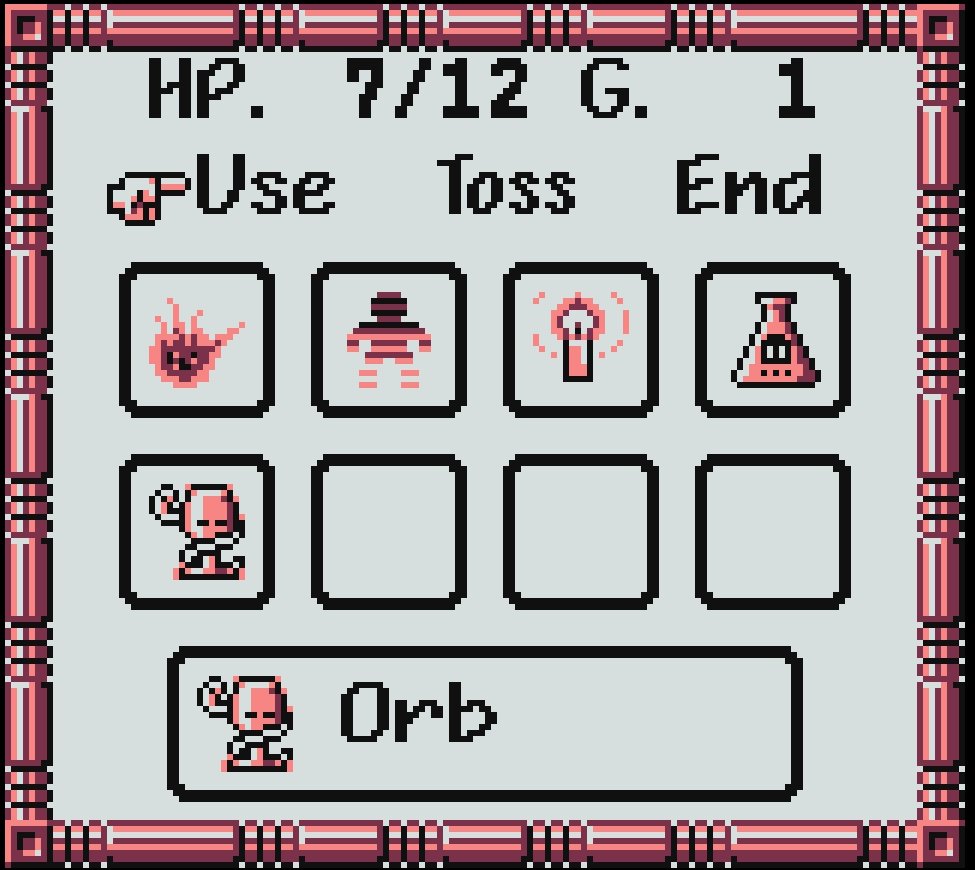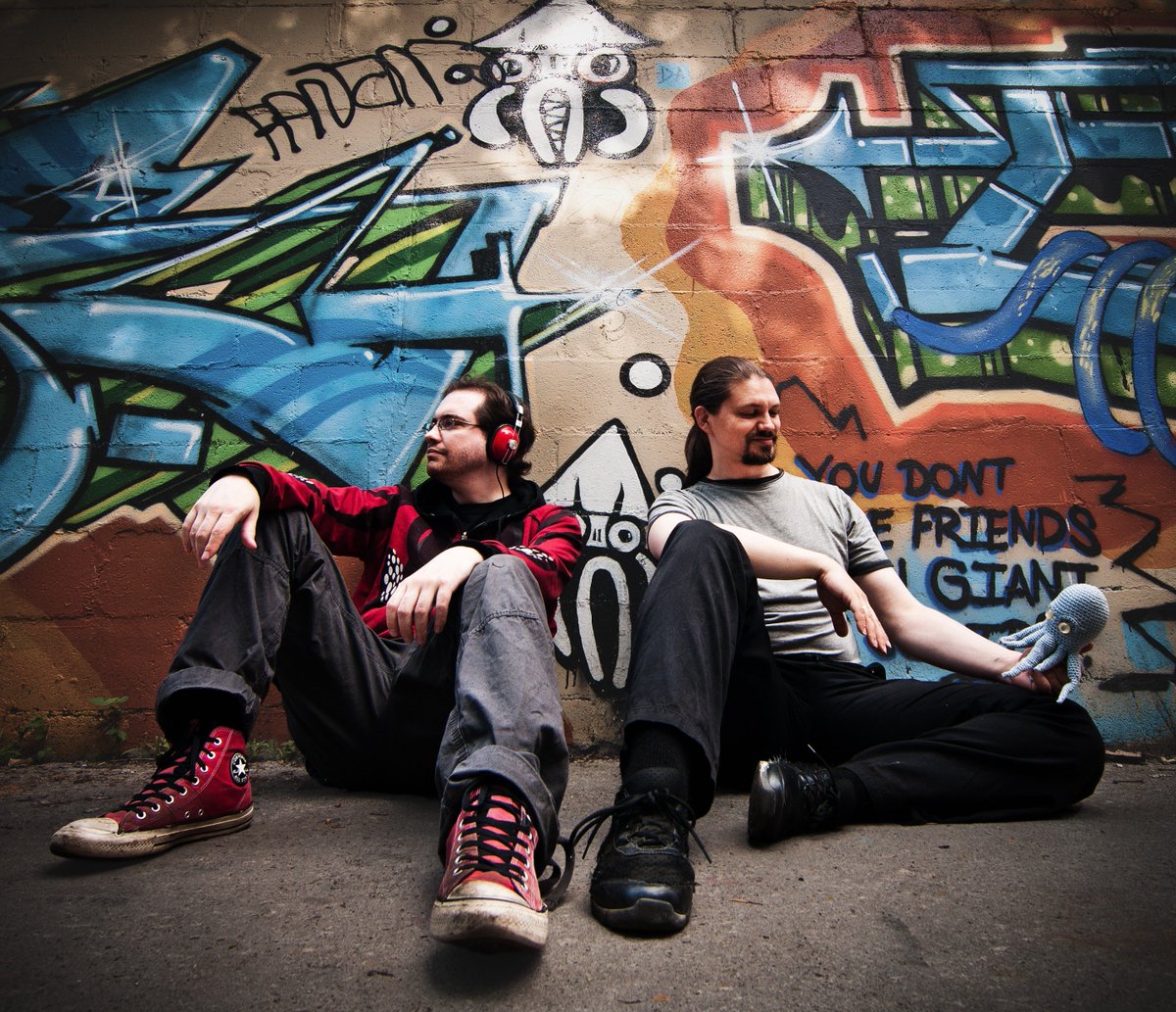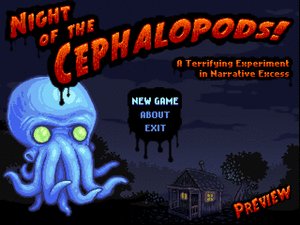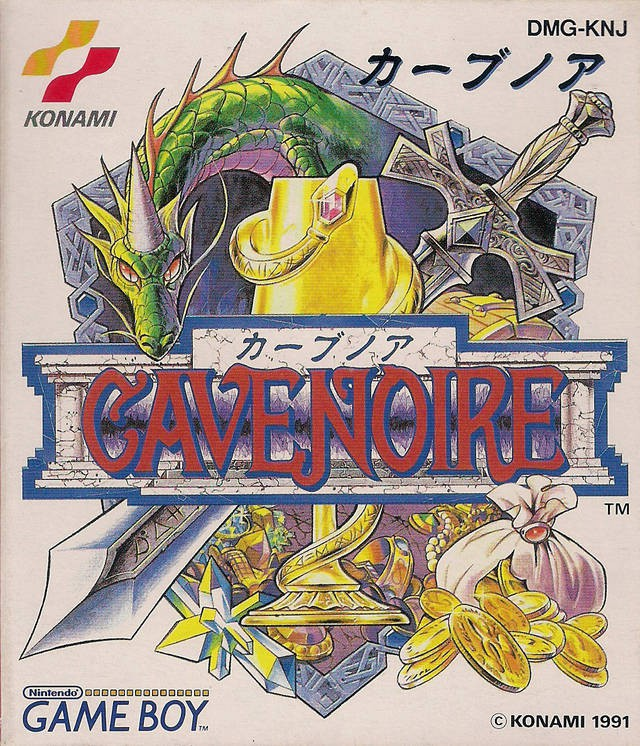
roguebasin.com/index.php?titl…
In Cave Noire it's:
Player Move
Player Attack
Enemy Attack
Enemy Move
This allows more situations where you're next to an enemy without being attacked, which helps given the GB screen constraint.
an English translation of the game: romhacking.net/translations/1…
and manual: annarchive.com/files4/CaveNoi…
and this is a nice write up on it where I grabbed some gifs:
rabbitboots.com/blog/2016/09/0…
END OF THREAD
Since I'm now in the post game hard difficulties where it's much harder to make progress I've been doing the exact same quest/difficulty run repeatedly and noticed a pattern.
But since I'm waiting on a big windows update I'm going to talk about some of its UX/UI.
However Cave Noire cheats in your favour and secretly buffs your defence for that attack!
When you only have 1 hit point and die, it's still a nice dramatic death that really was the result of previous mistakes you made.
polygon.com/2017/9/8/16263…
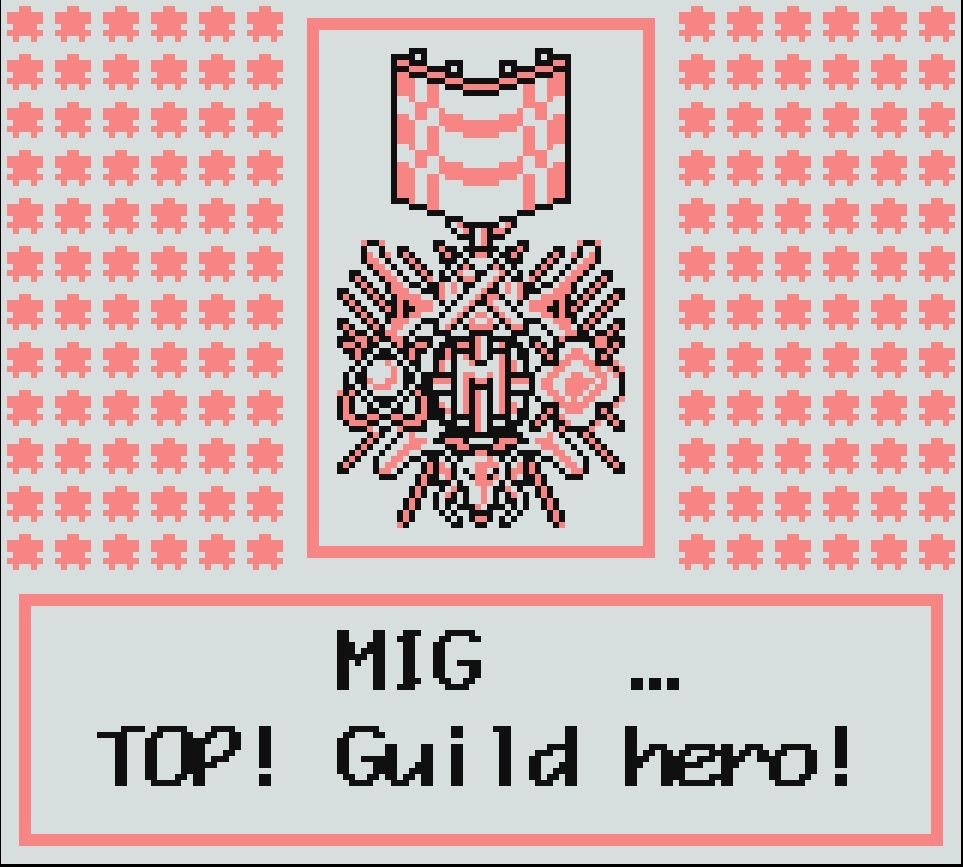
If anyone has recommendations let me know!


















